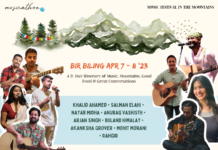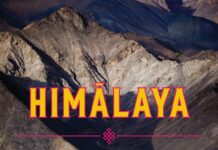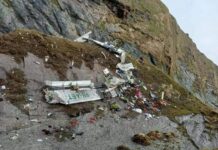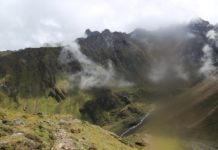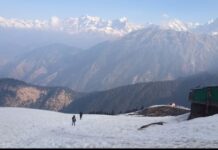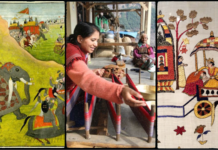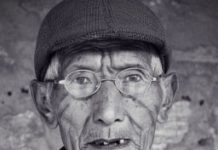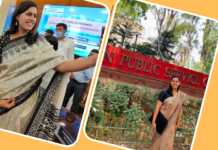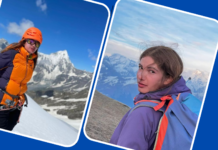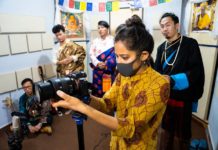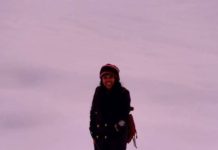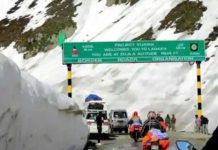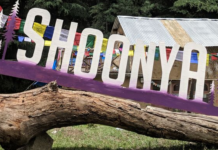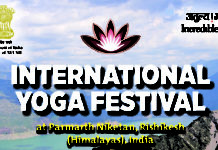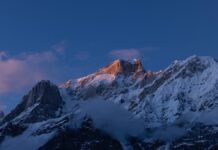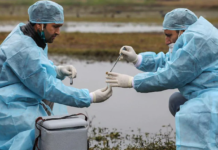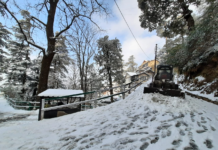Anu Jain, a 54-year-old engineer, was among the first group of trekkers in Uttarakhand this year, after the state government relaxed travel norms to ‘unlock’ the tourism industry this September, amid the ongoing coronavirus pandemic.
“It felt fantastic — the silence, solitude and freedom,” said Jain, on completing his 26-km Lohajung trek over four days. “To be finally out in the mountains after being locked up at home for so long.”
Jain was trekking with India Hikes; this was the group’s first organised trek of the season. India Hikes and other adventure travel companies like Himalaya Trekkers, Trek The Himalayas waited until October before taking their teams out on the trails, even though the state and local administrations had eased restrictions on trekking some weeks earlier. This was to ensure that all safety protocols were implemented. “We wanted to make sure we could give our trekkers the best possible experience. Sanitisation, distancing norms, test protocol, all have to be on point,” said Gourab Nandy, slope manager — India Hikes.
Nandy observed that by the time tourism was allowed, in early and mid-September, the trekking season for Kashmir and Himachal had already passed, leaving only Uttarakhand, Sikkim and West Bengal as options. Of these, Sikkim remains largely closed to trekkers due to current local sentiment. Darjeeling in West Bengal has opened for tourists, but there is little clarity about trekking being allowed at Sandakphu, Himalaya Trekkers’ Sapatarshi Roy told this correspondent. So Uttarakhand is the only viable alternative, with its treks like Har Ki Dun, Brahmatal or Deoriatal Chandrashila.
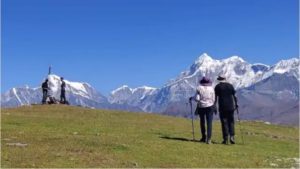
Trekking companies reduced group sizes to a maximum of six to eight; most have also limited points of contact with other people on the route. Though Uttarakhand has now relaxed the rule on getting a COVID-19 negative report within the last 72 hours, companies like India Hikes and Himalaya Trekkers are still continuing with the condition.
These companies also have their own elaborate COVID-19 precautionary measures listed on their websites. In fact, it was this which helped first-timer Amol Bisht to convince his apprehensive family that it was safe for him to undertake a Brahmatal trek. “Going through the protocol list, I was quite convinced this was going to be a safe trip. I just took it all down and had an in-depth discussion with my family,” he said.
Despite all these measures, only a few groups have ultimately gone ahead with trips. When Anu Jain reached Lohajung, he realised their group of four was the only one there — and possibly the first to open the season.
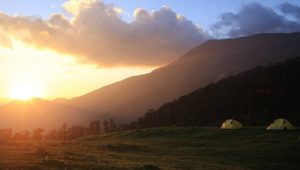
“It was a different experience,” said Jain, who has been going on treks since 1975. “It felt like being on a trek from decades ago, when this activity had not yet been popularised by professional companies. In treks now, despite all the beauty you see, the constant presence of people can be a little overwhelming. You are often jostling for a good spot or a nice view. But this time it was pure bliss!”
Among the concerns that delayed the starting of treks was the apprehension of village bodies. “They have managed to keep COVID numbers near zero with strict restrictions and were worried that entire batches of people might disturb that,” noted Himalaya Trekkers’ Saptarshi Roy. “And if that happens, it can be really dangerous with minimal health infrastructure in the villages.”
But now, village bodies are more amenable to the idea of trekkers and safe tourism. “There is still fear but the people in the villages are badly hit economically, as a lot of them depended on tourism to survive. Some work as guides, some have lodges while some only work providing ration to lodges for guests. This year there has been absolutely no earning, so the village heads are slowly opening up to the idea of allowing some movement in the area,” said Arvind Chauhan, a trek guide from Chakrata village in Dehradun.
Part of Chauhan’s responsibility this year has been strategising treks such that visitors don’t need to enter villages at all.
“There is more than one route in most of these trails,” Chauhan noted. “Like in case of the Har Ki Dun trail, we take the Osla village route, where we arrange for a home stay. Now, we will avoid that and take trekkers directly to the Kalkatti Dhar ridge and arrange for a tent stay.”
Anu Jain’s Lohajung trek was structured in this way; the group’s only [local] contact person was the guide. Neither were the trekkers interacting with people from any of the villages, nor did they stop at any of the small tea joints that are otherwise standard pit-stops.
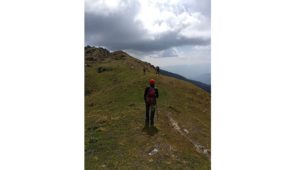
“The dhabas and joints are supposed to be supplementary to your regular food even when you are on a regular trek. This time this option was not there but it is not something you miss sorely. Your food and beverages are mostly taken care of in the trek plan and these joints are just additional breaks,” Jain said.
For others planning trips, Amol Bisht has a couple of simple suggestions: “Get tests done, and try to avoid public transport. The only part where I needed to exercise particular caution was in reaching the starting point, as I was using public transport from my home in Ghaziabad.”


